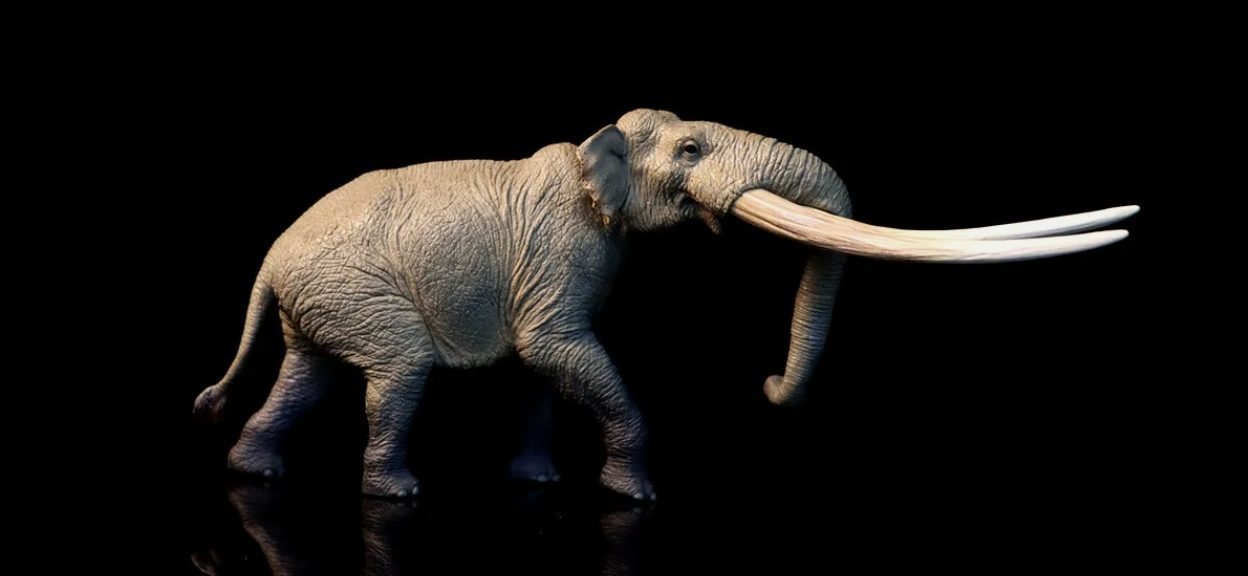The elephant model is a theoretical framework widely used in the field of machine learning and deep learning. Its design is inspired by real life elephants, symbolizing vast data processing power and more detailed feature learning. The core idea of the elephant model is that it can show excellent performance in dealing with complex nonlinear relationships through multi-level neural network structure.
In this model, the input layer is responsible for receiving information, passing through multiple layers of hidden layers for feature extraction and transformation, and finally generating predictions at the output layer. Each layer's nodes, or neurons, are weighted in a process similar to how humans learn, improving the model's performance through trial and error and optimization. This complex hierarchy allows the model to capture a variety of patterns in the data, whether simple linear relationships or complex non-linear relationships.
The elephant model shows great potential in many application scenarios. For example, in image recognition tasks, the model can identify subtle differences in images through a large amount of training data,so as to achieve high-precision classification effects. In terms of natural language processing,the model is able to understand the grammatical and semantic relationships in sentences to generate more natural text responses.
However,the elephant model is not without its challenges. Due to the complexity of the model structure and the huge amount of data,the training time is often long and high computing resources are required. At the same time,the explainability of the model has also attracted the attention of researchers. In many applications,understanding how models make decisions is critical,which requires researchers to constantly explore ways to make complex models more interpretable.




